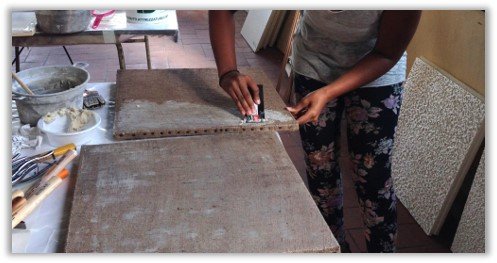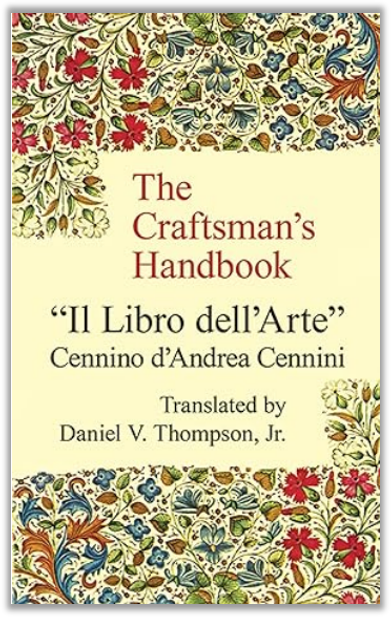Amelia International Conservation Studies
Syllabus - Traditional Painting Techniques & Materials
Summer Semester 2026
Mon, June 8 - Fri, Jul 3, 2026 (four weeks)
Amelia, Italy
Meets daily: Monday – Friday, 8:30 AM – 10:00 AM (4 weeks)
Afternoon Workshop: Monday - Friday, 2:00 PM - 6:00 PM (4 weeks)
Location: Our classroom for both lectures and workshop are situated within the cloister of St. Augustine Church, a 13th-century gem consecrated in 1288, with a Romanesque-Gothic façade).
Lead Instructor: Professor Nikolas Vakalis
No prerequisites required.
Catalog Description:
This course provides a comprehensive exploration of the traditional painting materials and techniques that were commonly employed in Italy during the Middle Ages and the Renaissance. With a primary focus on individuals aspiring to study art conservation, the course also investigates the factors that accelerate the deterioration of these materials, along with the various restoration approaches employed to address them.
Format:
Participate in informative lectures and lively discussions based on assigned readings and lecture material. Esteemed professionals specializing in restoration and conservation of paintings in different media will deliver presentations on diverse topics, fostering a deeper understanding of both historical and contemporary artwork.
Student Learning Outcomes:
By the end of this course, students will have achieved the following:
· Explore diverse painting techniques, including easel paintings, wall paintings, and wall decorations, utilizing historical materials and techniques.
· Analyze and compare the organic and inorganic materials specific to each painting technique and each step for their creation, such as supports, preparatory layers, binders, and pigments.
· Illustrate the chemical processes and reactions involved in fresco paintings and a wall decoration like sgraffito.
· Distinguish and evaluate the variations in fresco production across different historical periods.
· Explain the various causes of deterioration that can impact each painting technique and explore potential restoration methods to mitigate their effects.
Grading:
Participation 30%
Midterm Exam 35%
Final Exam 35%
Required Reading
Cennino Cennini, The Craftsman’s Handbook. (provided)
Mrs Mary P Merrifield, Art of Fresco Paint in Middle Ages: In the Middle Ages and the Renaissance (Dover Fine Art, History of Art), Paperback – 27 Feb. 2004
Lecture Topics:
Materials
Supports
o Masonry
o Wood
§ CanvasPaint
o Pigments
§ Natural
§ Artificial
Binders
o Inorganic
o Organic
§ Animal
§ VegetableProtective layers: varnishes
o Proteinic
o Terpenes
TechniquesFresco painting
Materials
o Lime
§ Lime cycle
§ Carbonation
§ Aggregates: sand, marble dustTechnical procedures
o Arriccio
o Intonaco
o Pictorial layerFresco evolution throughout the centuries
o Classical Antiquity: Roman
§ Pontata
§ Polishing
o Middle Age: Byzantine
§ Pontata
o Renaissance
§ Pure fresco
§ Sinopia
§ Giornata
o Techniques for transferring the design
§ Patroni
§ Stencil
§ Pounced drawing
§ CartoonSgraffito (wall decoration technique)
Painting on wood board using 14th century methods
o Support: technology of wood
o Preparatory layers
§ Incamottatura
§ “Gesso” ground
o Paint Layer
§ Pigments
§ Binders
§ GildingGouache gilding method (bolo)
Relief technique in guazzo gilding
Burnishing
Mordant gilding method
Granulation
“Estofado de oro” (sgraffito)
Translucent painting
Oil painting on canvas
o Stretchers
o Support
o Preparatory layer
o Paint layer
§ Pigments
§ Binders
o Protective layers
Decay
Agents of deterioration and the mechanism of decay
o Mechanical-Physical
o Chemical
o Biological
Conservation and Restoration
Structural
o ConsolidationFilling gaps
Aesthetic: Reintegration-Treatment of lacunae
o Tratteggio (hatching)
o Toning down
















